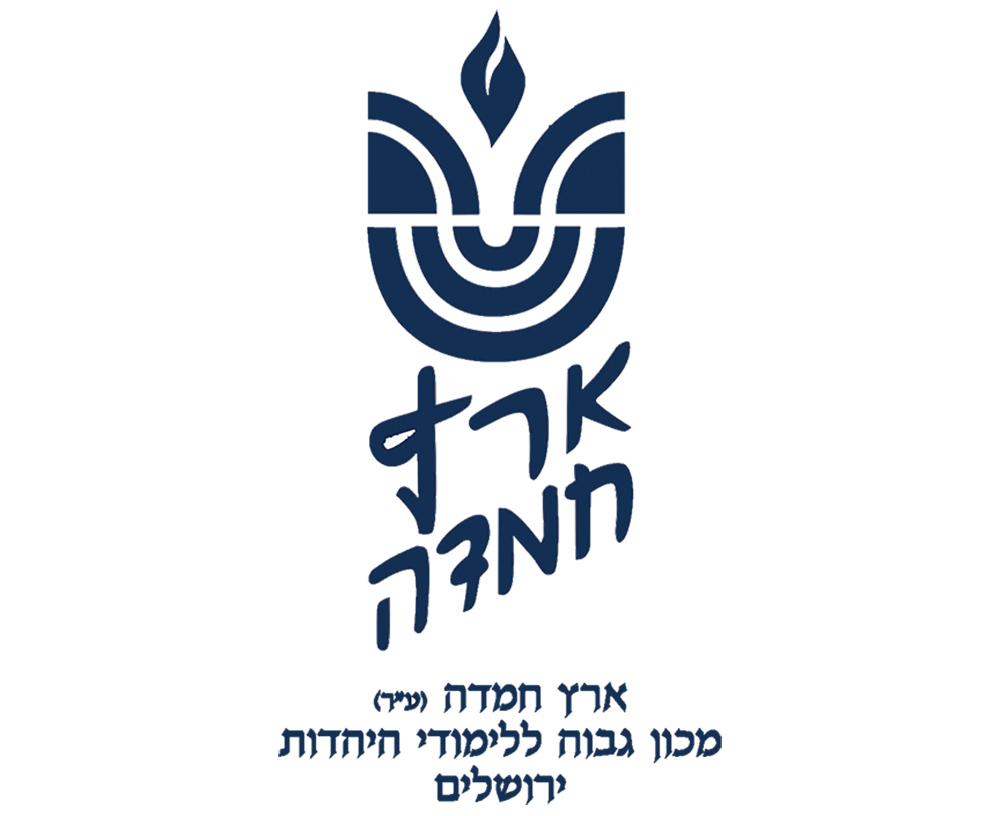לעילוי נשמת
יואל אפרים בן אברהם עוזיאל זלצמן ז”ל
Question: My neighborhood’s small Sephardi beit knesset has difficulty maintaining an (early-morning) Elul Selichot minyan. I (an Ashkenazi) have joined them a few times during Elul and found it uplifting, but someone claimed that I cannot count for a minyan because according to my minhag, I am not obligated in Selichot then. Do I count toward the minyan, and is it a good idea to spend time and energy on it? May I continue with them after Ashkenazim start with Selichot?
Answer: Selichot consist of supplications to Hashem to have mercy on us, despite our shortcomings and are an aid to our regimen of teshuva. They are said at times when there is heightened need (e.g., on fast days over national tragedies and Behab, anticipating the need for teshuva) and/or heightened chance of success (during the days around the Yamim Noraim—see Rambam’s (Teshuva 2:6) formulation about this period).
There do not appear to be sources indicating Selichot are ever an independent obligation, certainly not found in Chazal but not even as a formal, binding, post-Talmudic minhag. On fast days, it is a way of strengthening Shemoneh Esrei’s request for forgiveness—some even inserted it there (Shulchan Aruch, Orach Chayim 566:4). Selichot around the Yamim Noraim may be a more independent tefillah (see Batei Yosef 581:2, in the name of Rav Soloveitchik). Even so, it was not formally instituted as an extra tefillah like Neila. Rather, it is a spiritual tool Hashem provided for us to use at our discretion (see Rosh Hashanah 17b), which has developed a schedule over the centuries. All agree that from the beginning of Elul until Yom Kippur is a time for heightened spiritual steps. We start blowing shofar and reciting, “L’David Hashem Ori.”
The Ashkenazi minhag of having at least 10 days of Selichot beginning slightly before Rosh Hashanah (this is tellingly fluid) is the same basic minhag as the Sephardi one that begins earlier. Therefore, there is no issue of your not being obligated. On the one hand, no one is obligated (see Yechave Da’at III:44 on when Sephardim do not have to do Elul Selichot), and everyone is strongly recommended to take part when appropriate.
Note also that while consisting of different texts, Ashkenazim and Sephardim share the structure and critical parts of Selichot. There is Ashrei and Chatzi Kaddish, then many supplications—separated by the 13 middot—then there is a Vidui and final supplications; we finish with Kaddish. The parts that require a minyan (devarim shebekdusha), Kaddish and the 13 middot, do not need 10 people to recite the identical text beforehand to precede it (see Igrot Moshe, Orach Chayim IV:33; this column, Shemini 5777), but must just be united for the devarim shebekdusha. Therefore, even one who (quietly) recites Ashkenazi piyutim counts for the minyan if he joins the Sephardi tzibbur for the 13 middot.
We applaud your joining your neighbors for a few reasons: First, you help people “use a powerful tool,” as Selichot’s devarim shebekedusha parts must have a minyan, and everything is accepted better with a minyan (see Rosh Hashanah 18a). Also, while Ashkenazim start Selichot later in Elul, you receive spiritual benefits for the early ones (we cannot evaluate any price you might pay). Learning new, beautiful liturgy is also a positive experience. Finally, although there are many “bridges” between the Ashkenazi and Sephardi communities, more achdut experiences are always welcome—especially at times when we need zechuyot.
Do things change when Ashkenazi Selichot have begun? Their difficulty in finding a minyan is a crucial factor, which can outweigh the modest advantages of keeping one’s own nusach hatefillah (see Igrot Moshe ibid.). It is possible, but not required (a matter of taste and circumstances), for you to recite some Ashkenazi piyutim in between the 13 middot. It is particularly appropriate to daven with them if yirat shamayim concerns dictate (ibid.), although if it insults one’s natural community, that is also a serious factor.
This column is written by Rabbi Daniel Mann on behalf of the Eretz Hemdah Institute in Jerusalem, which trains dayanim and has many projects on behalf of klal Yisrael, including its “Ask the Rabbi” service in conjunction with the OU. Rabbi Mann is a dayan at Eretz Hemdah, a senior member of the “Ask the Rabbi” project, and author of its “Living the Halachic Process” series. He is also a Ram at Yeshiva University’s Gruss Kollel in Israel.










